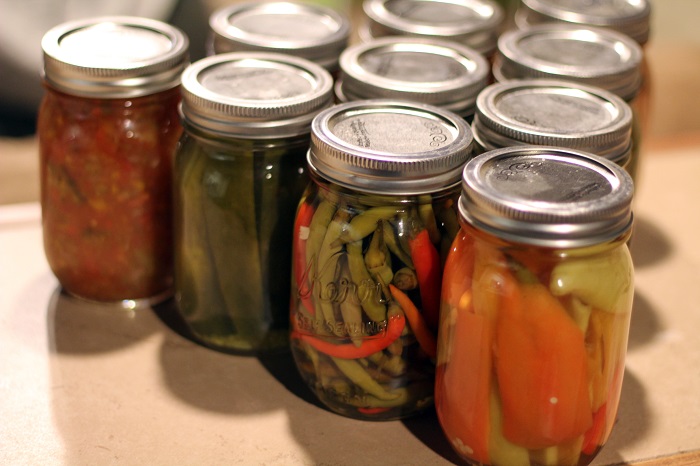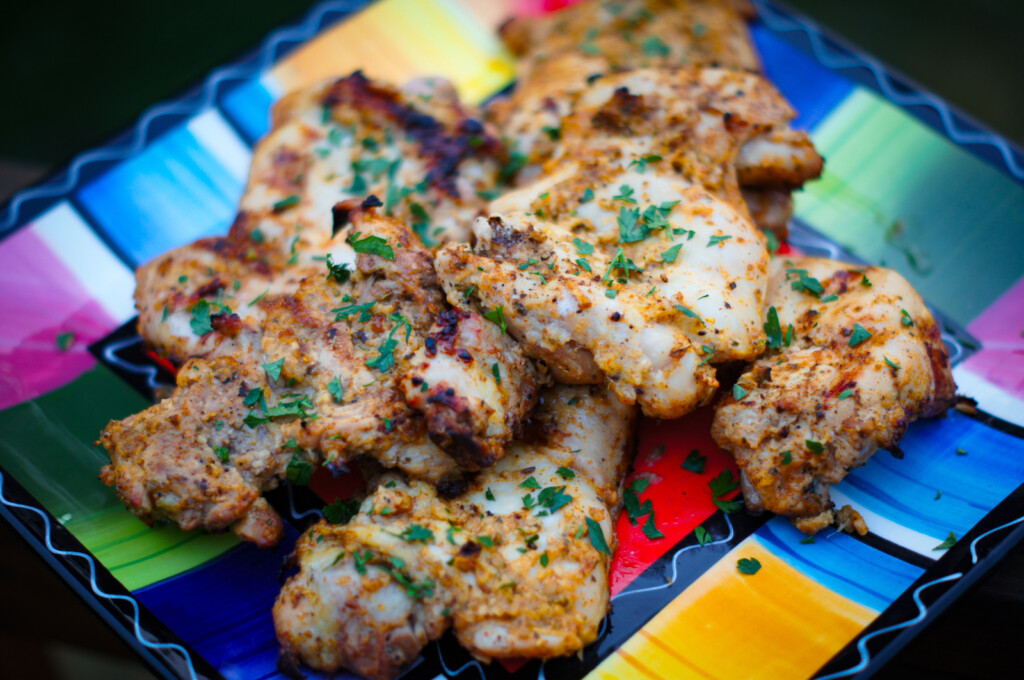
Melanie Jewkes is an extension associate professor and food preservation educator at Utah State Extension Services. She teaches food preservation throughout the country. She says, “I think one of the most important things to inform people about is that canning is a science. In order to preserve food for long term, we have to ensure the safety of the canned product. The only way to do so is to follow scientifically, lab-tested recipes to ensure the microorganisms that can cause food to mold, sour, or could even cause food-borne illness, are prevented and destroyed during the canning process.”
Canning is a great way to preserve the garden produce you grew all summer, but ran out of time to eat. There is nothing like opening a can of peaches in the middle of winter to bring back the smell and taste of your summer bounty. But it is a science. Carefully following directions and guidelines can insure a successful endeavor.
The first Ball Blue Book of Home Canning was published by the Ball canning jar company in 1909. The book is currently in its 37th edition, and is still the go-to book for canning. The current book gives information about needed equipment and step-by-step instructions for canning and preserving. There are also 500 recipes for canning, pickling, dehydrating, and freezing food. Copies are available at bookstores and online.
The USDA offers a free canning guide on their National Center for Home Food Preservation website, homefoodpreservation.com, or you can also check out canning.usu.edu for canning ideas and practices from Utah State Extension, or a University of Wisconsin site on safe preserving practices using an atmospheric steam canner, fyi.uwex.edu/safepreserving/2015/06/24/safe-preserving-using-an-atmospheric-steam-canner/
 Over the years, recipes have been added and removed from the Ball Blue Book. One that was removed was a recipe for frog legs in the 1930 to 1947 edition. “Both bullfrogs and the small, green marsh frogs are edible, but the latter are more delicate and more tender. Only the hind legs are eaten, and they are generally considered to be at their best from June to October.”
Over the years, recipes have been added and removed from the Ball Blue Book. One that was removed was a recipe for frog legs in the 1930 to 1947 edition. “Both bullfrogs and the small, green marsh frogs are edible, but the latter are more delicate and more tender. Only the hind legs are eaten, and they are generally considered to be at their best from June to October.”
The following is a tomato apple chutney recipe from Ball. It is a great way to use apples from your trees, and tomatoes, cucumbers, and peppers from your garden:
Preserving Method: Water Bath Canning
Makes about 6 (8 oz) half pints
YOU WILL NEED:
1-1/2 cups white vinegar
2 cups chopped cored peeled apples (about 2 medium)
5 cups chopped cored peeled tomatoes (about 7 medium)
1-1/2 cups lightly packed brown sugar
1 cup chopped English cucumber (about 1 medium)
3/4 cup chopped onions (about 1 small)
3/4 cup chopped seeded red bell peppers (about 1 large)
1/2 cup raisins
1 red chili pepper, finely chopped
1/4 tsp finely chopped garlic (about 1/2 clove)
1-1/2 tsp ground ginger
1/2 tsp salt
1/2 tsp ground cinnamon
6 Ball® (8 oz) half pint glass preserving jars with lids and bands
DIRECTIONS:
PREPARE boiling water canner. Heat jars in simmering water until ready for use. Do not boil. Wash lids in warm soapy water and set bands aside.
COMBINE vinegar and apples in a large saucepan. Add remaining ingredients. Bring to a boil, stirring frequently. Reduce heat and simmer 30 minutes, stirring frequently.
LADLE hot chutney into hot jars leaving 1/2 inch headspace. Remove air bubbles. Wipe rim. Center hot lid on jar. Apply band and adjust until fit is fingertip tight.
PROCESS filled jars in a boiling water canner for 10 minutes, adjusting for altitude. Remove jars and cool. Check lids for seal after 24 hours. Lid should not flex up and down when center is pressed.
If you have an excess of zucchini you don’t know what to do with, check out this video on how to can a zucchini relish.





